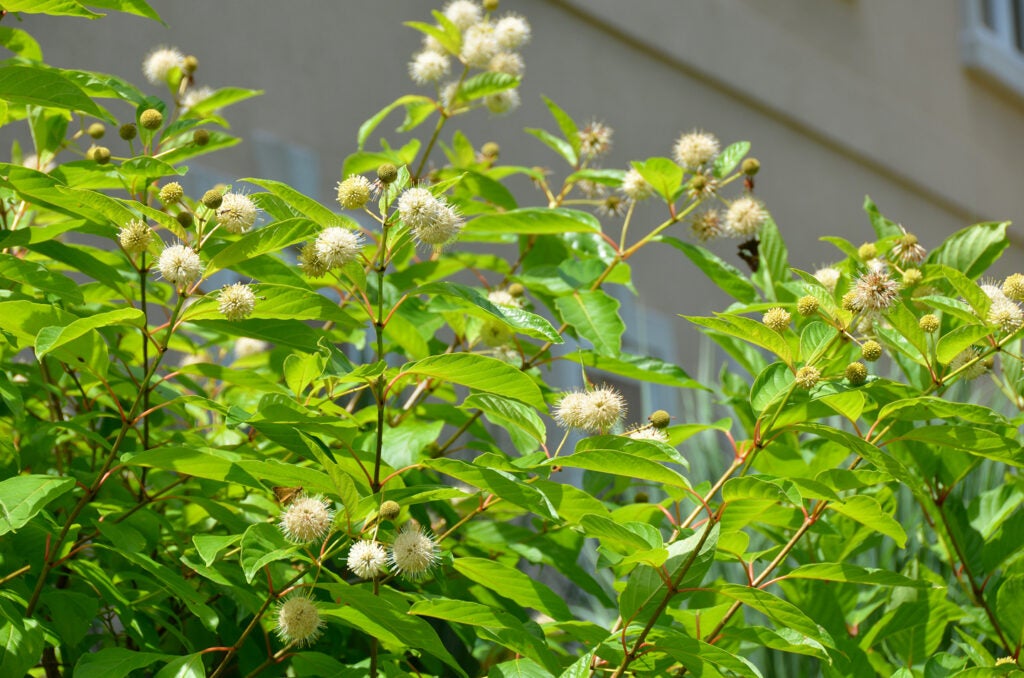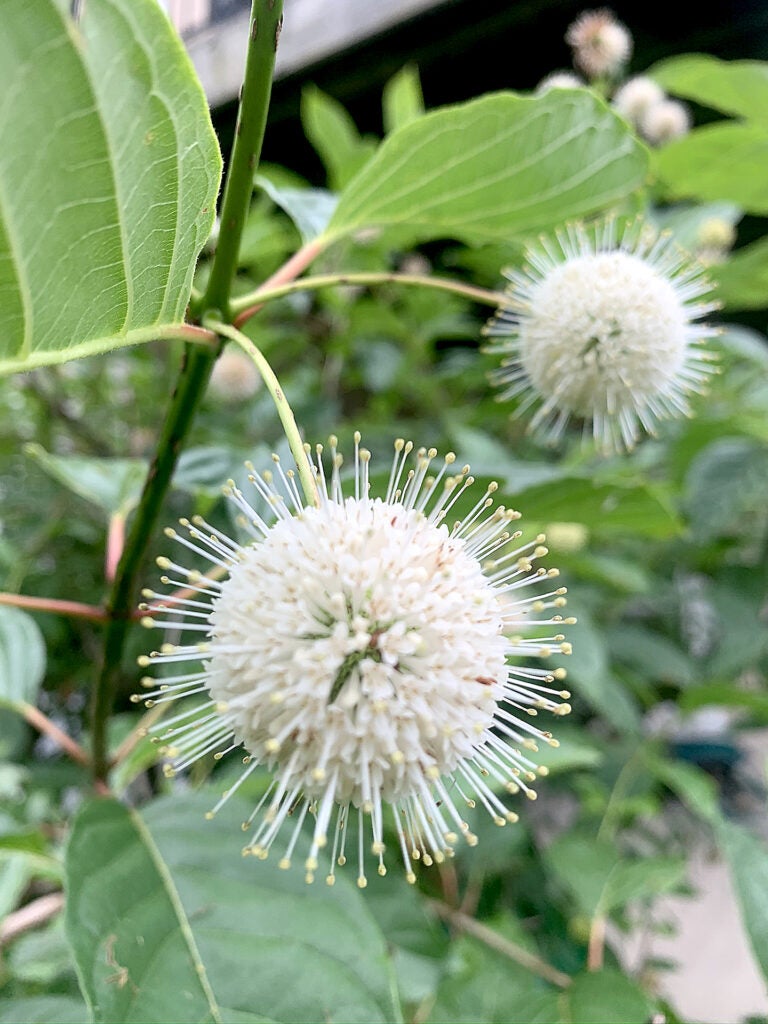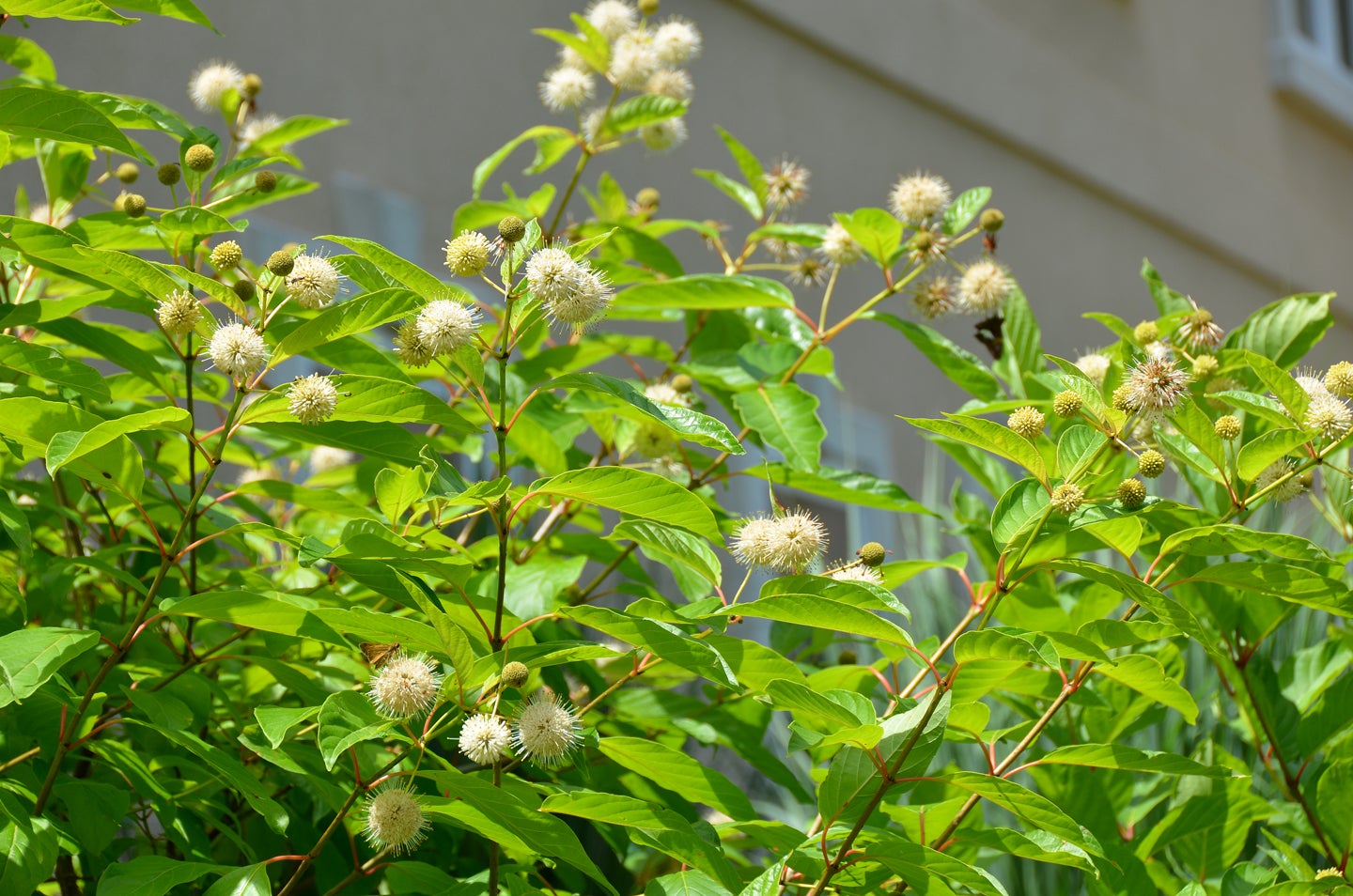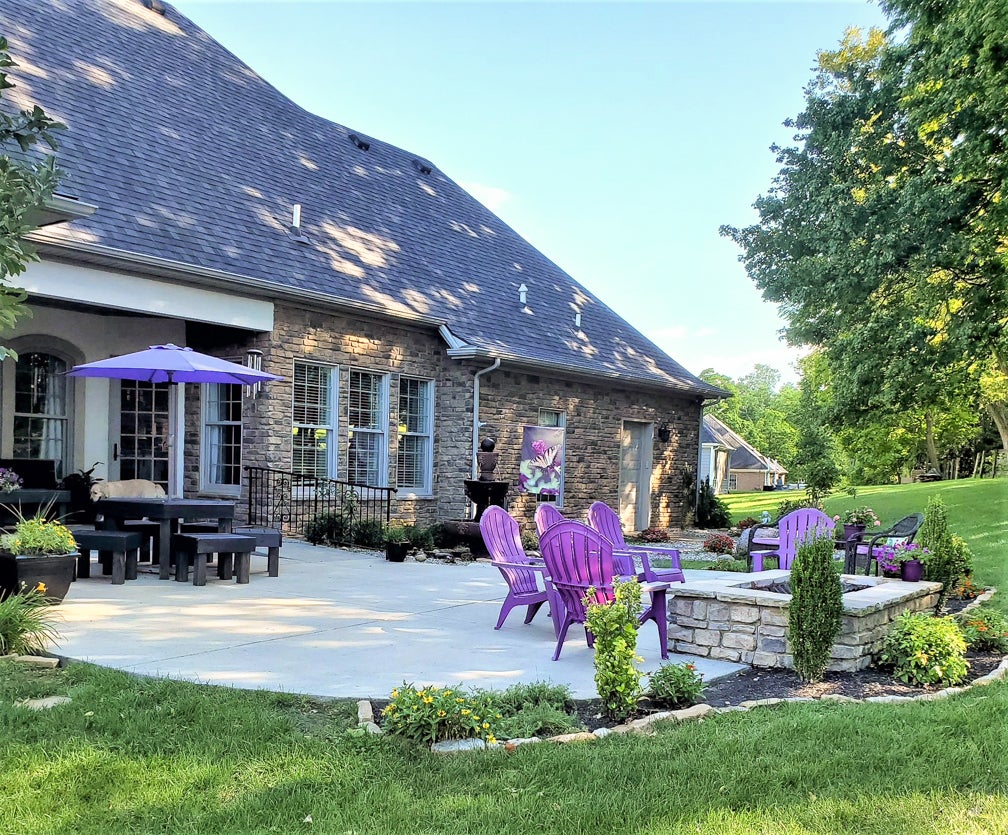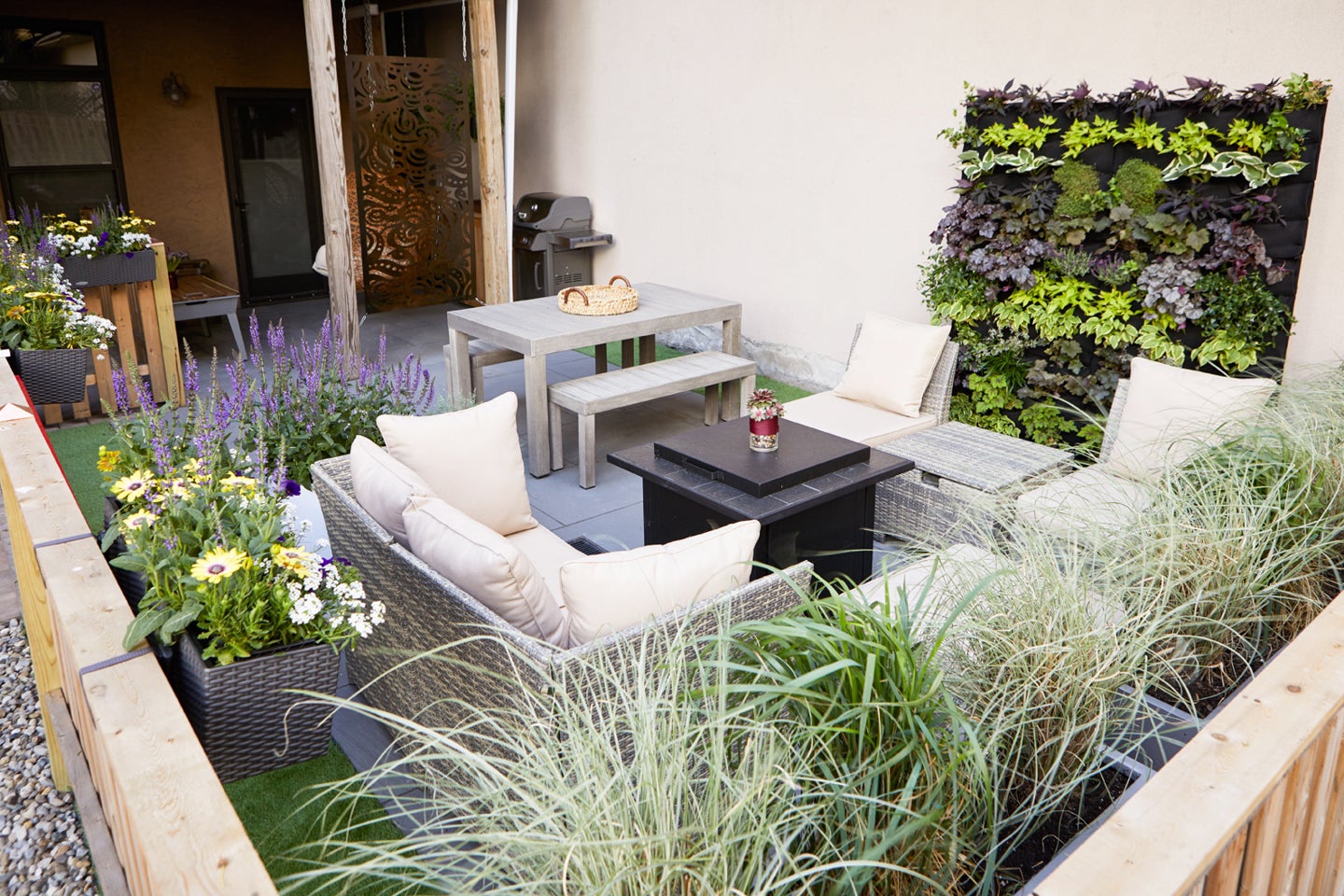We have discussed creating native areas, non-native invasive plants and native naturalizers, but why do native plants play such a key role in our landscapes and beyond? Perhaps the biggest benefit of growing natives to a gardener is that they are adapted to our soils and weather.
These are not the visitors from Texas who do not own a coat — they are the neighbors who know when to put up their garden hose and set out their snow shovel. This may be one of the great advantages to growing natives, but let’s look at the bigger picture.
The word ecosystem is commonly used when discussing native plants and the pollinators that many attract, so what is it and why should we care? In a nutshell, an ecosystem is a community that includes organisms (living things — plants, animals, etc.) and physical and chemical settings (non-living things — weather, landscapes, etc.), which interact with one another in an environment.
They depend on each other for the system to keep going. In essence, our ecosystem is our life support. When it declines, so does our quality of life. Native plants work as a vital part of our ecosystem, contributing to and benefiting from our insect and bird populations and enabling portions of our food systems to function.
In his 2019 book “Nature’s Best Hope,” researcher, writer and entomologist Douglas Tallamy describes an ecosystem as a machine.
“Every time we remove a species or diminish its numbers to the point where it can no longer perform its role effectively, the ecosystem becomes less productive and less stable. Not only do non-native plants often reduce the number of species in the ecosystem, but they always reduce the number of interacting species. Being present but not interacting with other local species is akin to throwing a monkey wrench in a machine.”
As Tallamy explains, one example of how non-natives work against our existing ecosystems is illustrated through the berries some of these plants produce. In the fall and winter, birds need to consume high amounts of fat in order to prepare for and survive colder weather in our area.
Berries produced by non-native species from Europe and Asia, such as autumn olive (Eaeagnus umbellate) and Japanese honeysuckle (Lonicera japonica), commonly contain less than 1% fat and are very high in sugar. Berries from native viburnum (Viburnum dentatum, acerifolium, casinoides, prunifolium, molle) and spicebush (Lindera benzoin), on the other hand, are found to be almost 50% fat.
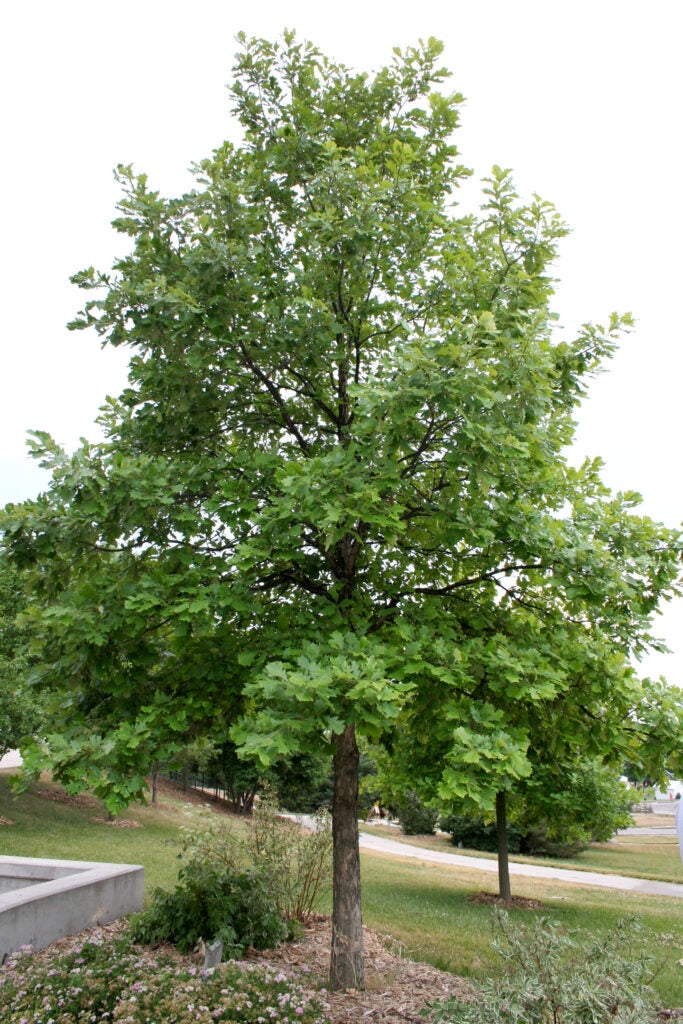
Do not assume that birds recognize the difference and go for the more beneficial berry. They will eat what is readily available, which is important to consider when non-native species outnumber native. This is just one small example, but it illustrates the importance of planting natives.
In addition to not providing the necessary nutrition for our wildlife, non-native invasive plants actively attack our native populations. Did you know that garlic mustard (Alliaria petiolate) produces a chemical that prevents other plants from germinating and even growing in the same area? It literally kills its competition. In addition, it grows in sun or shade and deer do not eat it, so nothing stops it but yanking it out of the ground.
Japanese honeysuckle can not only choke out shrubs and perennials, but overtime it can alter an entire forest by girdling mature trees and creating canopies that block necessary light for other plants. In this case, not only are non-native invasive species physically destroying native plants, they also are removing valuable host plants from our ecosystem. Without host plants for beetles, bees and moths there are no apples, no peaches, no berries, no melons, no honey — you get the idea. Our native insects and plants have coevolved over millions of years and need one another for survival.
Consider the bigger picture when choosing plants for your landscape and at least create a native bed or feature. Most states have a native plant society that is a good resource for learning more about natives in your area.
The Kentucky Native Plant Society, created in 1986, has a great online presence and during non-COVID times, offers workshops and field trips. Volunteer to help remove invasive plants in your area, learn the best times to weed out those non-native bullies and plant natives in their place.
Also, spread the word. Your neighbor is a part of your ecosystem too! Natives bring life to the garden and balance natural systems.
